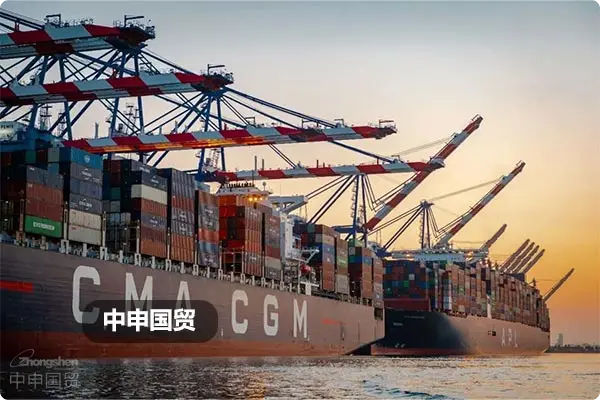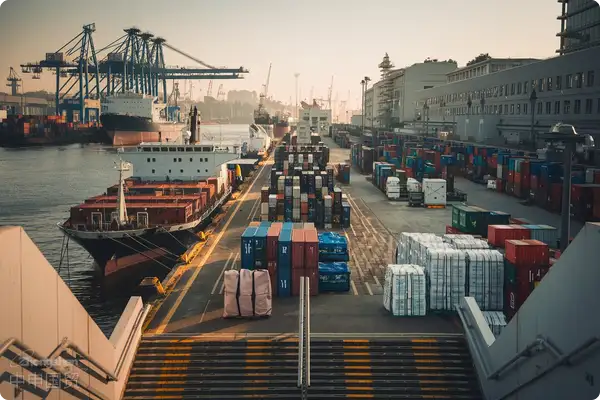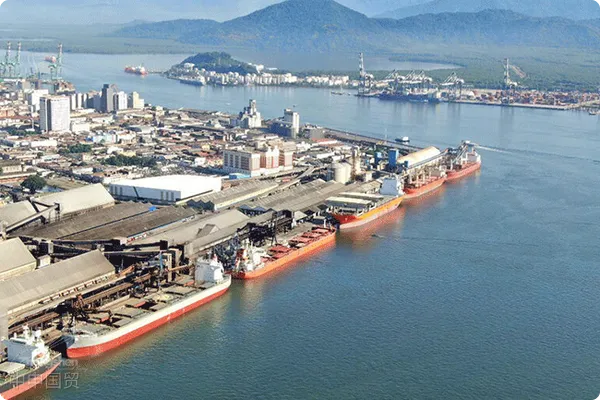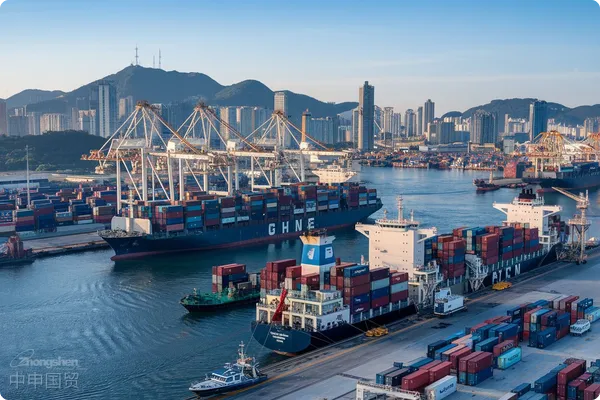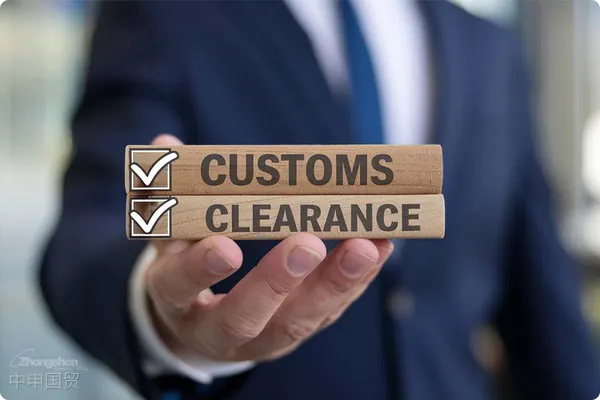- Shanghai Zhongshen International Trade Co., Ltd. - Two decades of trade agency expertise.
- Service Hotline: 139 1787 2118
Customs clearance refers to the procedures that goods must follow when importing, exporting or in transit, in accordance with various laws and regulations within the customs territory of a specific country. Other terms also refer to customs clearance. During the customs clearance process, goods are under the supervision of the customs and cannot be freely distributed. There must be a reason for customs clearance delay. Why?
Reasons related to the goods themselves
(1) Prohibited items: All countries in the world have prohibited items, such as drugs, guns, ammunition, weapons, etc. As is well - known, it is a prohibited item in every country in the world. Most countries prohibit animals, plants, meat and books. The United States prohibits herbal medicines, the United Kingdom prohibits milk and meat products, and Singapore prohibits e - cigarettes. Prohibited items in the destination country will be detained by the customs or directly returned.
(2) The product is a trademarked and infringing product: It is protected by intellectual property rights. Brand authorization is required when selling the product. After the product arrives in your country/region, a brand license needs to be obtained from the customs. This will be postponed. The customs will detain the goods and return them directly.
Agents or owners
(1) Incomplete product information entry: Materials and documents filled out directly by the agent or the owner, the quantity of products with incomplete documents, and a random sketch of the product name (for example, the product itself is shoes, but the registered name is clothing, etc.). The declared amount does not match the actual amount (many sellers do this. The low value of the goods is to prevent the consignee from paying the payment and taxes, but if the price is too low, the customs interests will delay the customs clearance). If the commercial invoice is incomplete, the shipper must provide a complete new commercial invoice.
(2) Logistics transportation method: In order to save freight for the consignee and deduct the freight, the seller will choose a logistics transportation route with a reasonable price and a long transportation time. The cheaper the price, the longer the transportation time. The customs processing speed is slow, and the products often take a long time.
Customs
(1) Regular customs inspection: The customs conducts regular inspections on the goods. After the goods are confirmed and received on - site, you just need to wait and do not need the help of the consignee. Regular reviews usually take 1 - 3 working days, based on working days. Once the customs determines that the item is normal, the item will be shipped.
(2) Taxation: The customs will determine that the price reported by the customer does not match the actual situation, and the consignee must clear the customs. If the declared amount matches the value of the goods, but the customs deems it inconsistent, the customs clearance can be checked against the value of the goods. If the declared amount does not match the actual amount, once discovered by the customs, the consignee must pay the customs duties.
Consignees
(1) Unwillingness to pay taxes: If the goods are taxed, the tax amount is too high, or the tax amount exceeds the value of the goods, the consignee is unwilling to pay the high taxes and does not pay the customs clearance fees; the goods are at the customs and will be auctioned or returned by the customs after the end of the customs clearance period.
(2) The consignee has no relevant certificates;
Other factors
(1) Environment: Such as customs strikes, dockworker strikes, airport worker strikes, logistics worker strikes, or natural disasters and wars. (2) Policies: In some countries, such as Brazil, the customs clearance speed is slow, the customs clearance efficiency is low, and the customs clearance procedures are complex. It depends on the relevant national policies.
Related Recommendations
? 2025. All Rights Reserved. 滬ICP備2023007705號-2  PSB Record: Shanghai No.31011502009912
PSB Record: Shanghai No.31011502009912
